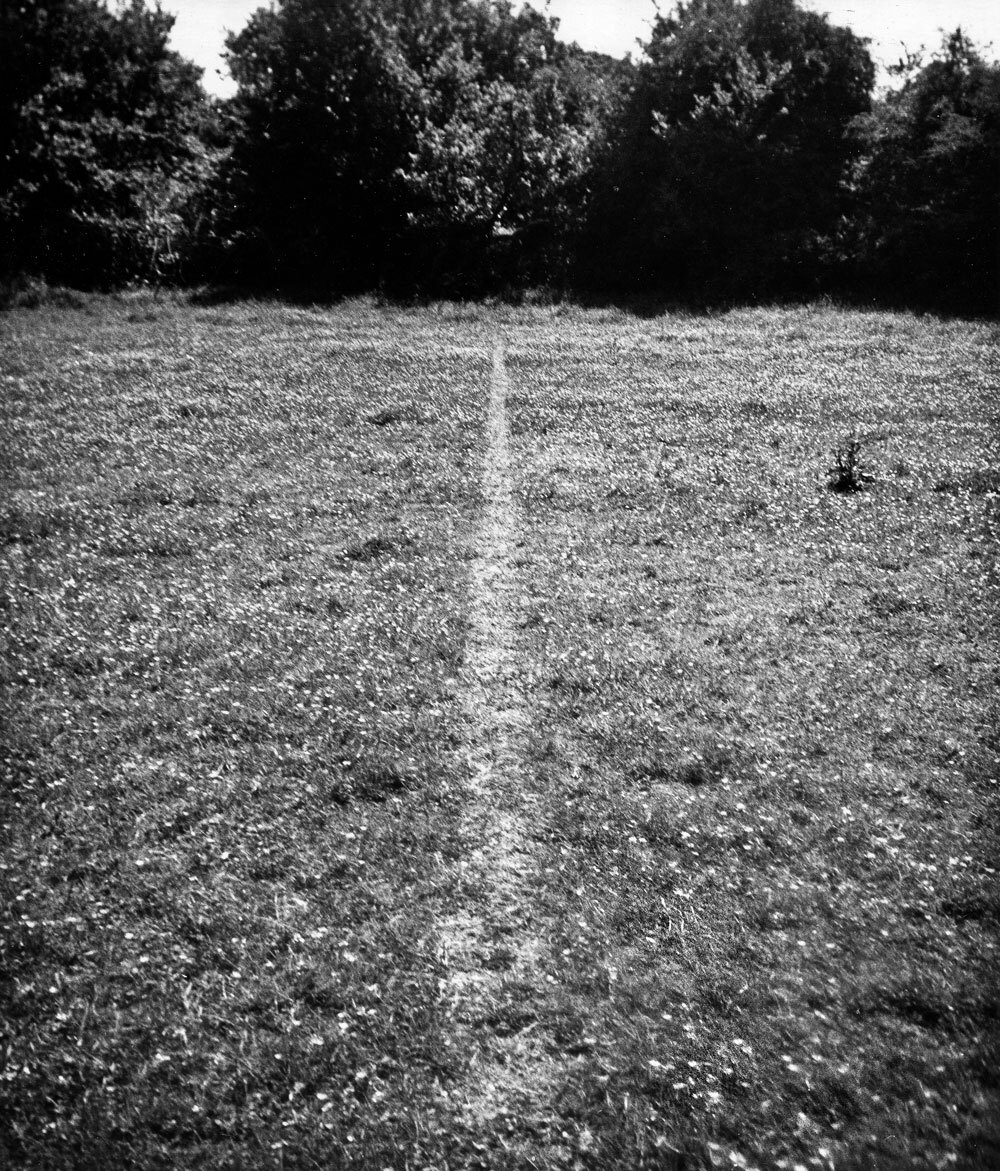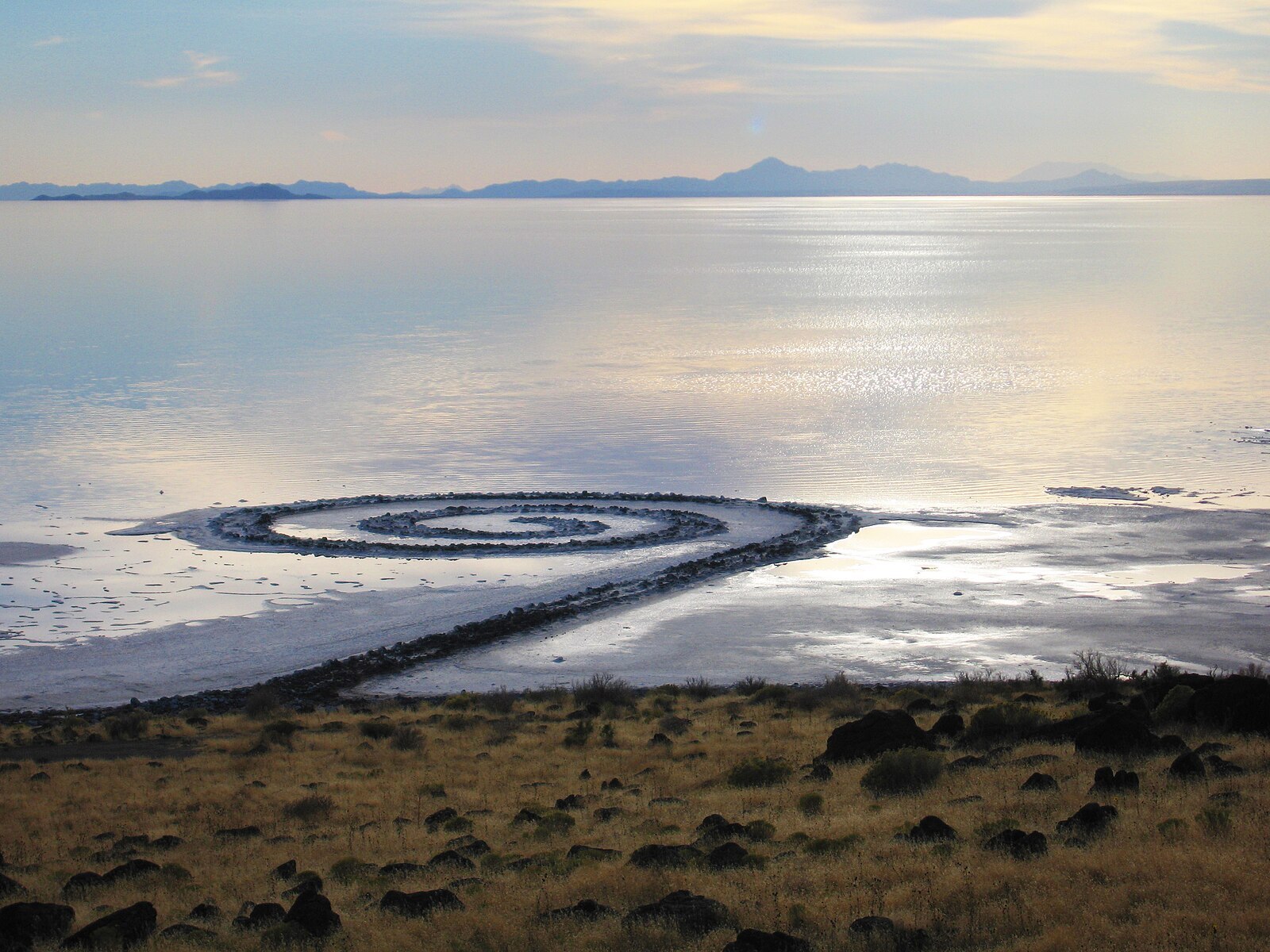A Transhistorical Perspective
Witold Vandenbroeck
I wrote the following text on the occasion of my participation in the Open M project in 2022 at Museum M, Leuven. The theme of this exhibition was 'Transhistoricity'. Transhistoricity may be seen as the necessary antithesis to the idea that meanings are bounded by their historical context — i.e. non-linear ways of thinking about different periods and contexts.
For a long time I've been very hesitant to put my work in a specific light because its luminescence hides as much as it reveals and I was — still am — afraid that it would shrink the mental space that the work could unfold for the viewer. Instead I preferred to keep the context around my work vague, to not offer any concrete explanations or insights. If I wrote a text accompanying an exhibition it was more prosaic and did not offer any concrete handholds for the viewer. I do feel however that there is a limit to this strategy. At a certain moment I will have to leave this comfortable vagueness behind and go into interaction with the 'concrete' (since the roots of my work lie in the concrete).
When writing this text I have to admit that at first it felt a bit unnatural to try to cast my work into the mold of the transhistorical perspective but I'm happy in hindsight that I did it. In the text I trace an influence upon my work that I hadn't explored as thoroughly yet: Land-Art. It opened up a different perspective upon my work, for the viewer but also for myself. Not necessarily the 'right' or 'most correct' perspective, just a different one. Although it was a bit forced it was refreshing for me to look at my work from this new vantage point.
There thus seems to be another way to escape this dominance of a specific perspective: offering up many. This way there is no single perspective that can claim dominance as its power counteracted by other, conflicting perspectives. To say it in a beautiful metaphor by François Jullien: "More than exposition or explanation, what is needed is a certain process and a certain journey, unfolding as organized detours. We will leave off, only to approach again farther along, moving from one port to the next. Hardly will we have set foot ashore than we'll be on our way again." ¹
This way it is possible to circumscribe the 'meaning' of my work, not only for the viewer but also for myself. By probing it from a multitude of different angles its size and rough shape are sketched and it will become clearer just what kind of land we are actually navigating around. This is one of them.
On Land Art
There are a number of images that have accompanied me on my artistic journey for a number of years. These, although I am a painter, are not paintings. They are works by Land Art artists Robert Smithson and Richard Long. More specifically, I am thinking of Smithson's "Spiral Jetty" and Long's "Line made by Walking". These marks they have made in the landscape continue to fascinate me.

Let's dwell for a moment on "A Line made by Walking". What exactly is the work here? Is this about the action of walking? The performance? Is it about the aesthetic object of the line in a landscape composition? Is it about the invitation to walk to the viewer? I think I'm leaning towards the latter. Long curates a landscape experience here, so to speak. The path he has made in the grass leads one along a series of sensory impressions: the rustling of grass, the buzzing of insects, the colours of flowers, the dark row of trees in the distance. That sequence of images that enters the mind of the walker is curated by the artist. Can Long control what comes to you? Of course not, it varies from person to person. In this work, however, I do see a metaphor for my own work. The paintings, the images, do not stand alone but form a long chain of impressions. All these windows together then form the totality of the work. Since these impressions are personal, it feels wrong to start interpreting them too much. I don't want to tell the viewer what to see. I prefer them to come and tell me what views they have when they look through these windows. By keeping the interpretation space as open as possible, I allow the work, through the spectator's eyes, to nourish me anew as well. My oeuvre thus becomes something alive, mobile and non-static.

I try to keep a similar open mind when I look at other artists' work. It doesn't matter to me what Smithson meant by his spiral jetty. The connection I feel with the work prevails. Those basalt blocks lying in that spiral in that salty lake. Mostly underwater, in the middle of nowhere. The stone, once black, is now covered in white salt crystals. Such power emanates from that sign. I am allowed to think whatever I want about it. For me, this goes for all art, and preferably far beyond. The mysterious signs these artists put in the landscape are themselves transhistorical. They refer to a very distant past or a very distant future: ancient times where our human civilization originated as well as a time where it has disappeared.
Long goes in search of emptiness: landscapes where human presence is kept to a minimum such as high plains, deserts, tundra, ... Smithson is more likely to look at human places in decay . Think drosscapes, dilapidated industrial zones, abandoned quarries and mines. These landscapes or non- places in which they placed their signs have shed the yoke of a specific place and time, thus allowing us to interpret their signs or monuments for ourselves. For me, this is the essence of transhistorical thinking and I believe it is not just for artists. It is an invitation to revel in one's own subjectivity, to create meaning for oneself during one's time on earth. Structures such as science or chronology which provide handholds can also limit us in our creativity, our 'being in the world’.
The signs they place also make us aware of the connection between man and landscape. They question the dualistic split between man and nature. I think my own artistic path, catalyzed by their work, seeks a similar perspective. Although the roots of my inspiration are in the landscape and my works have a certain landscape character, over the years I have started to paint more and more intuitively. I have left the representation of a specific object or landscape behind for the time being. From this way of working, a number of ever-recurring and evolving signs have emerged: crosses, circles, lines, stones, volcanoes, rivers ... which are always combined in new ways. What exactly they want to say eludes me for now but in their primary character I find a huge source of inspiration. So although I don't literally draw inspiration from Land Artist's work, I do notice that I feel a strong connection between my signs on the canvas and their signs in the landscape.
1) Jullien, F., & Todd, J. M. (2009). The Great Image Has No Form, or On the Nonobject through Painting, p. xvii.